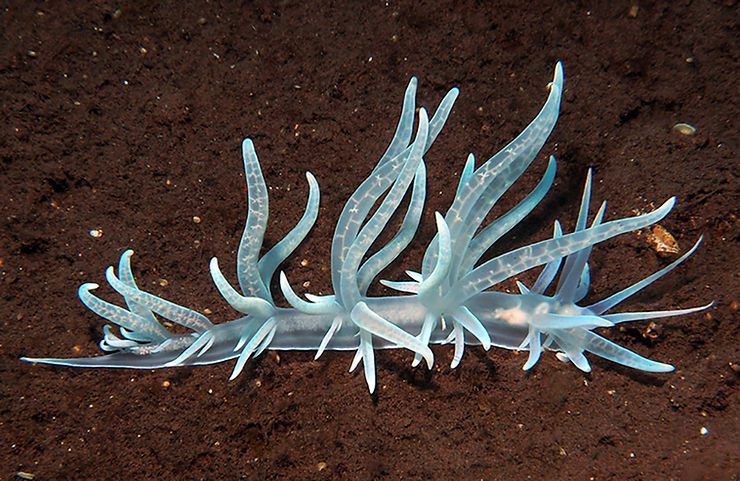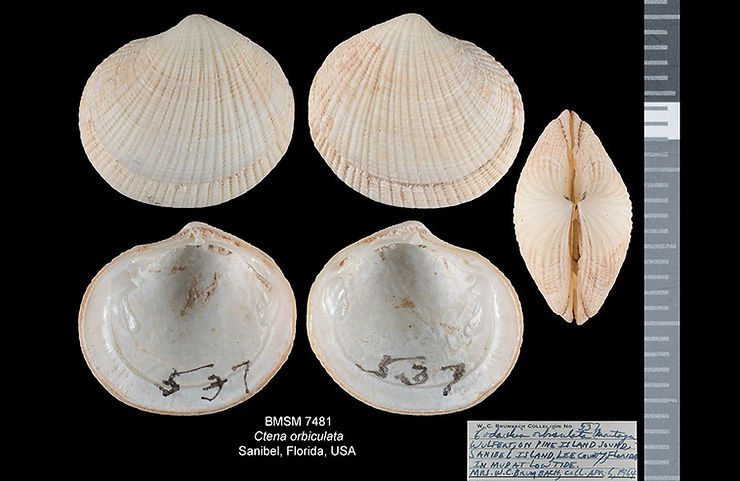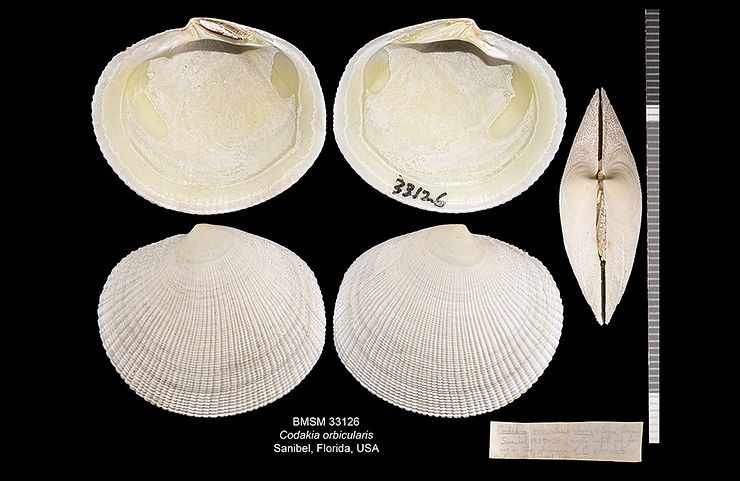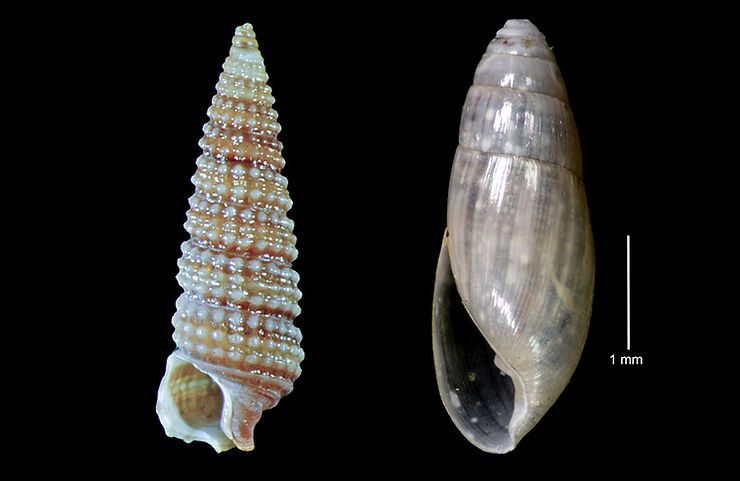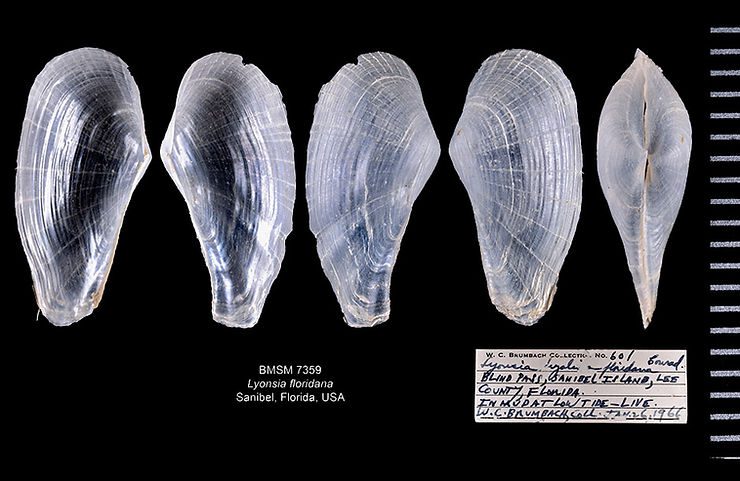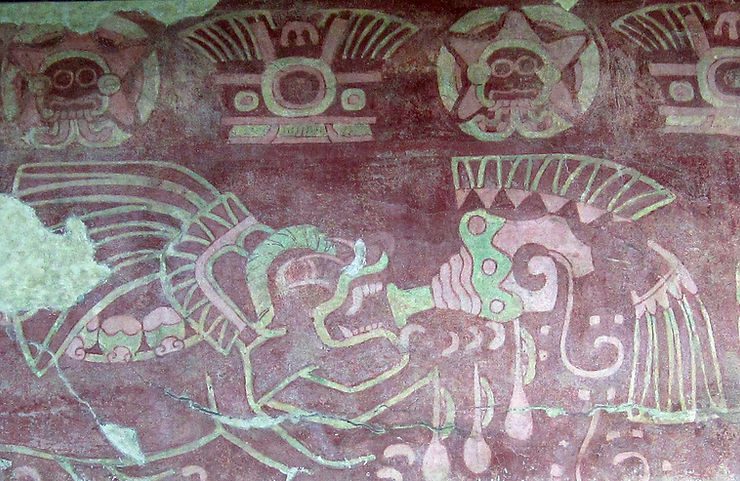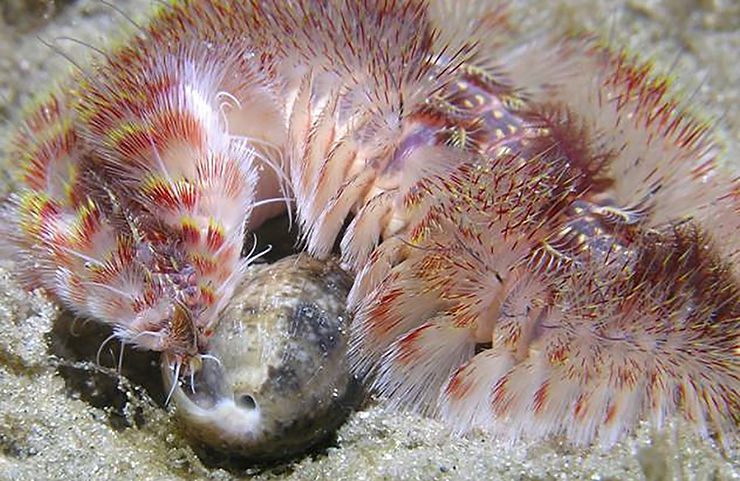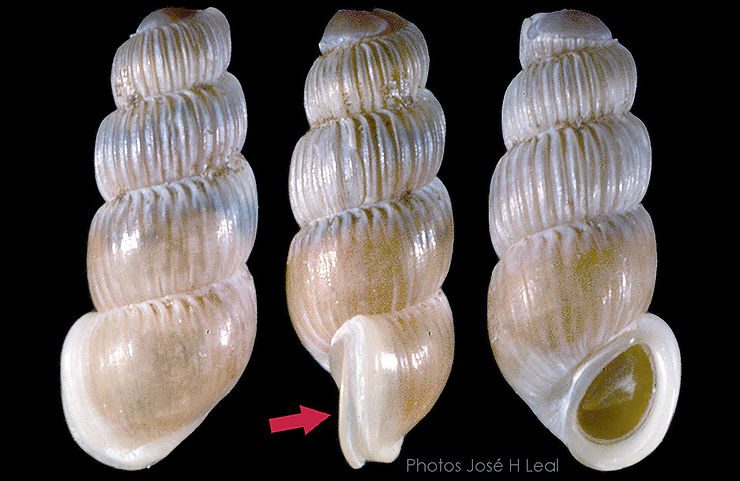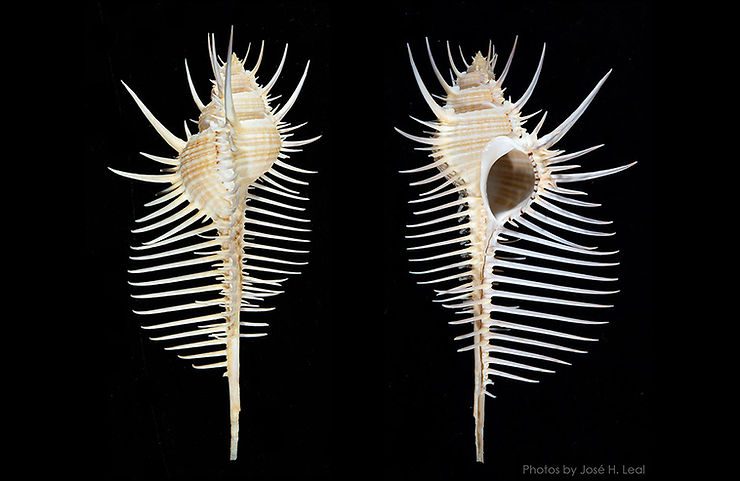
Super-Hero Among Mollusks
What can I say that hasn’t already been said about Lightfoot, 1786, the Venus Comb Murex? If you like shells and mollusks, you probably know it as one of the most elegant and celebrated species in the history of shell collecting. Venus Comb Murexes are not very rare where they live: a large area that includes the Indo-West Pacific oceans, from East Africa to eastern Melanesia. References to the species abound in the literature and on the web. They have a striking appearance, with long, harmoniou
